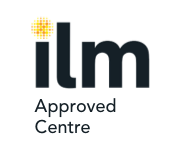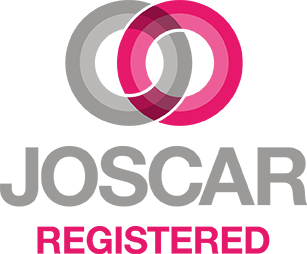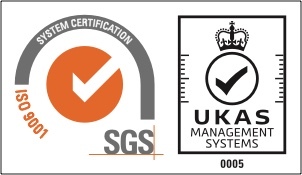
As many businesses expand and adjust, working models aren't left out. The Covid-19 pandemic unfortunately forced some businesses to close down, while some resorted to remote working styles.
Some organisations could cope with the different working styles easily, but others found it challenging. Furthermore, some have realised the benefits of remote working and have changed their working environments entirely in order to accommodate flexible, agile and hybrid work models.
It is a new dawn for most businesses as they adjust to the new reality in the workplace. In this article, we look at the difference between a hybrid, flexible and agile working model and how training solutions such as Hybrid Team Working or Time Management For Flexible Working are essential.
What is hybrid working?
Hybrid working refers to a working model that allows staff to either work in the office or remotely from home. Depending on the employee, some perform better when collaborating physically with their colleagues, while others perform better when working alone.
This working style allows companies to satisfy all their employees. It is also convenient for those unsure about switching to a fully remote or in-house working style.
Benefits of hybrid working
Increased productivity - A hybrid setup can increase the company's overall productivity level because staff are allowed to work at a pace that suits them.
Improves collaboration among staff - Since people have different communication and research preferences, hybrid working helps redefine collaboration. There is a primary form of collocation between those in the office and those working from home, but aside from that, communication and research can happen far more independently. Our Hybrid Team Working programme is ideal in helping hybrid workers to reset their working practices, adapt and align team members towards the same goal.
Reduced operation costs - With hybrid working models, businesses enjoy fewer operational costs because of lower usage. Electricity and rent bills are significantly reduced since not everyone comes to the office to work. From a worker's point of view, they can also cut down drastically on travel costs.
Improves work-life balance of staff - Another benefit of a hybrid working model is that it allows staff to enjoy a better work-life environment as it tends to encourage employees to see life as more than just work.
Drawbacks of Hybrid working style
It doesn't work for all industries - A hybrid working model might not work for all businesses. Naturally, some tasks need you to be fully present in the business before they can succeed. So, it's an important consideration to review if you're looking at ways of working.
What is flexible working?
A flexible working model means more flexibility and free working hours. Many firms are gradually adopting this working model to integrate more remote work. This working model covers part-time working, job sharing and completely remote settings.
Benefits of the flexible working
Improved work culture - One of the most significant advantages of the flexible work style is that it boosts staff morale. When you allow staff to have an ideal work-life balance, they are happier and feel more fulfilled.
Better staff retention - A flexible working style can often encourage employees to stay longer in post. Since they are better satisfied with the working conditions, they rarely want to move to other businesses and will want to grow with you.
Drawbacks of flexible working
Working from home can backfire - Sometimes, family members don't appreciate that we are working from home and can start expecting us to do other things, which can affect your production and cause distractions, so managing expectations is crucial for an employee. From an employer's perspective, trust is an integral part of flexible working so having clear KPIs for the team is essential.
Finding the right work-home balance - For many people, it becomes blurred to maintain a clear distinction between work and home environment. It is easy for them to procrastinate since they aren't under supervision.
What is agile working?
Agile working is a working style which focuses on staff performance and management. This working model doesn't consider where teams work. The objective is what staff achieve and how they perform. This is a model that brings technology and people together to find the best way to achieve optimal productivity.
Benefits of agile working
Increase staff freedom and autonomy - This is a working model that allows more freedom for employees and gives them more power. They aren't bound by rigid company decisions as long as they get the job done. Therefore, because time management is more crucial when working in this way our Time Management For Flexible Working is ideal in enabling people to better understand how to prioritise tasks, set goals and manage KPIs.
Job satisfaction - With an agile working model, employees are more satisfied with the job description because their well-being is taken care of. It brings more happiness and joy to the staff, which can, in turn, make them more willing to work with the company and have better job satisfaction.
Drawbacks of this working model
Hard to deal with team changes - When a team starts growing and expanding, more staff may be needed; however, it's more difficult for some candidates to cope if they've never met the team in person, so from a recruitment point of view, it's an important point to bear in mind.
Are the new models here to stay?
We don't believe that any of these three models are going away soon. Many businesses have now seen that staff prefer different models because of the flexibility involved. The most prominent theme across all of these working models is better balance. People working remotely have discovered that they can be more productive while also enjoying a better work-life balance.
All businesses choose working models which serve their interests, increase their productivity and ensure employee satisfaction. These working models: hybrid, agile and flexible working, have their differences, but we feel that they're all here to stay.
GBS Corporate Training provide a range of training solutions which support hybrid working models. Click here to see our full range of solutions. Alternatively, click here to discuss your needs in more detail with one of our training specialists.






